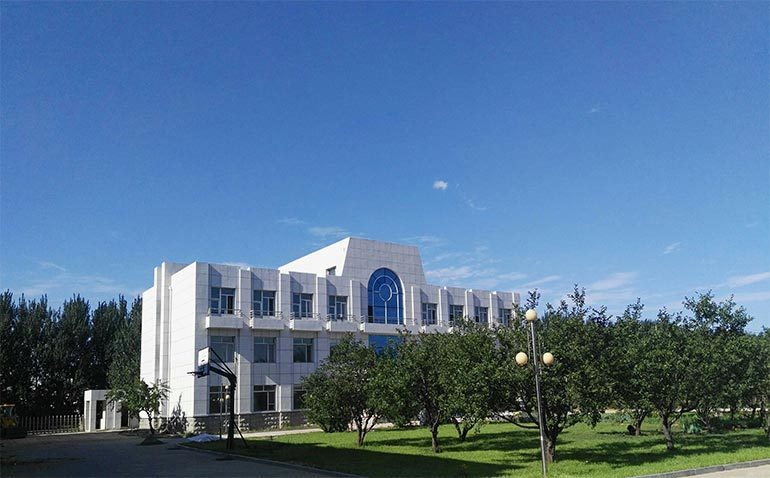Vitamin C (ascorbic acid)
| Item | Standard value |
| colour | White or yellowish |
| odour | odourless |
| Tissue status | Crystalline or crystalline powder |
| αm(20℃,D)/specific optical rotation | +20.5°~+21.5° |
| arsenic | ≤3mg/kg |
| Ignition residue | ≤0.1% |
| Heavy metals ( Pb) | ≤10mg/kg |
| lead | ≤2mg/kg |
| iron | ≤2mg/kg |
| copper | ≤5mg/kg |
| content | ≥99.0% |
Firstly, the strong polar functional groups, carboxyl and hydroxyl, in Vitamin C act through surface activity, dispersing cement particles and enhancing fluidity. This reduces friction between cement particles, lowers the interfacial free energy with water, and improves the workability of concrete.
Secondly, polycarboxylate substances adsorb onto the surface of cement particles, with carboxyl ions imparting a negative charge to the particles, inducing electrostatic repulsion and promoting dispersion. This further inhibits the tendency of cement paste to coalesce, increasing the contact area between cement particles and water, facilitating thorough cement hydration.
The application of Vitamin C brings about a noticeable enhancement in concrete performance, displaying higher water-reduction rates and lower slump loss. Particularly in construction projects such as highways, high-rise buildings, and bridges, Vitamin C, as an additive in construction materials, when combined with other components, showcases superior superplasticizing properties. It provides an innovative and efficient option for concrete technology.






